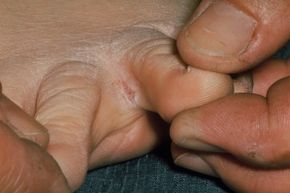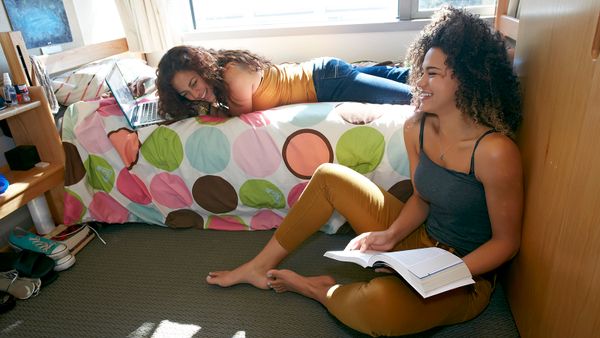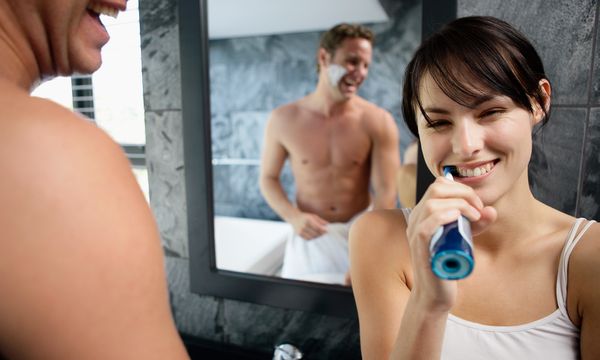College can be rough, especially if you're a freshman. New friends, crusty professors, looming term papers and Friday afternoon classes are some of thehurdles newbies navigate. No one would blame you if you decided to call it a day, take a hot shower, and wash your academic and personal troubles down the drain.
Beware. Lurking on the seemingly cleandorm showerfloor are myriad creatures waiting to glom onto your body. Perhaps the most insidious are mold-like fungi calleddermatophytes. Typically two types of dermatophytes,Trichophyton mentagrophytesand毛癣菌属石, can give you a nagging case oftinea pedis. Sounds awful, doesn't it? Despite its hard-to-pronounce Latin name, the malady is usually referred to as athlete's foot [source:WebMD].
Advertisement
Athlete's footis a common infection that affects the bottoms of your feet and the areas between your toes. If left unchecked, this creeping crud can spread to your toenails, hands, underarms, and heaven forbid, your groin. The fungal speciesT. mentagrophyteswill cause blisters, generally around the webbing of the toe. MeanwhileT. rubrumcauses an infection that spreads around the sole of the foot [source:WebMD].
Despite its wide world of sports name, you don't have to be an athlete to get the condition. All you have to do is come in contact with the fungi. Dorm showers are the most commonplace areas to contract athlete's foot.
Read on to find out how easy it is to get it and how you can stop it from spreading. Your feet will thank you later.
Advertisement







